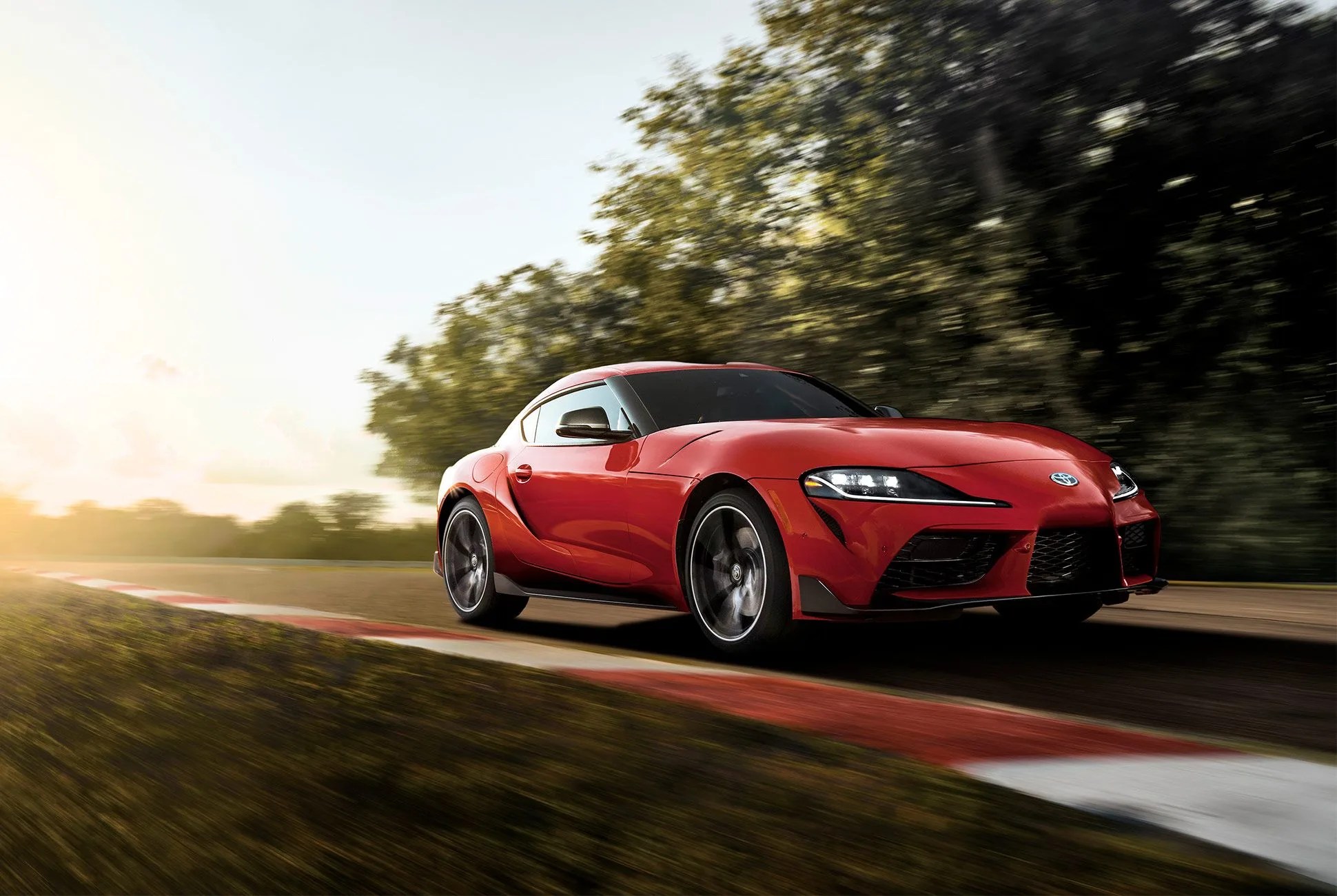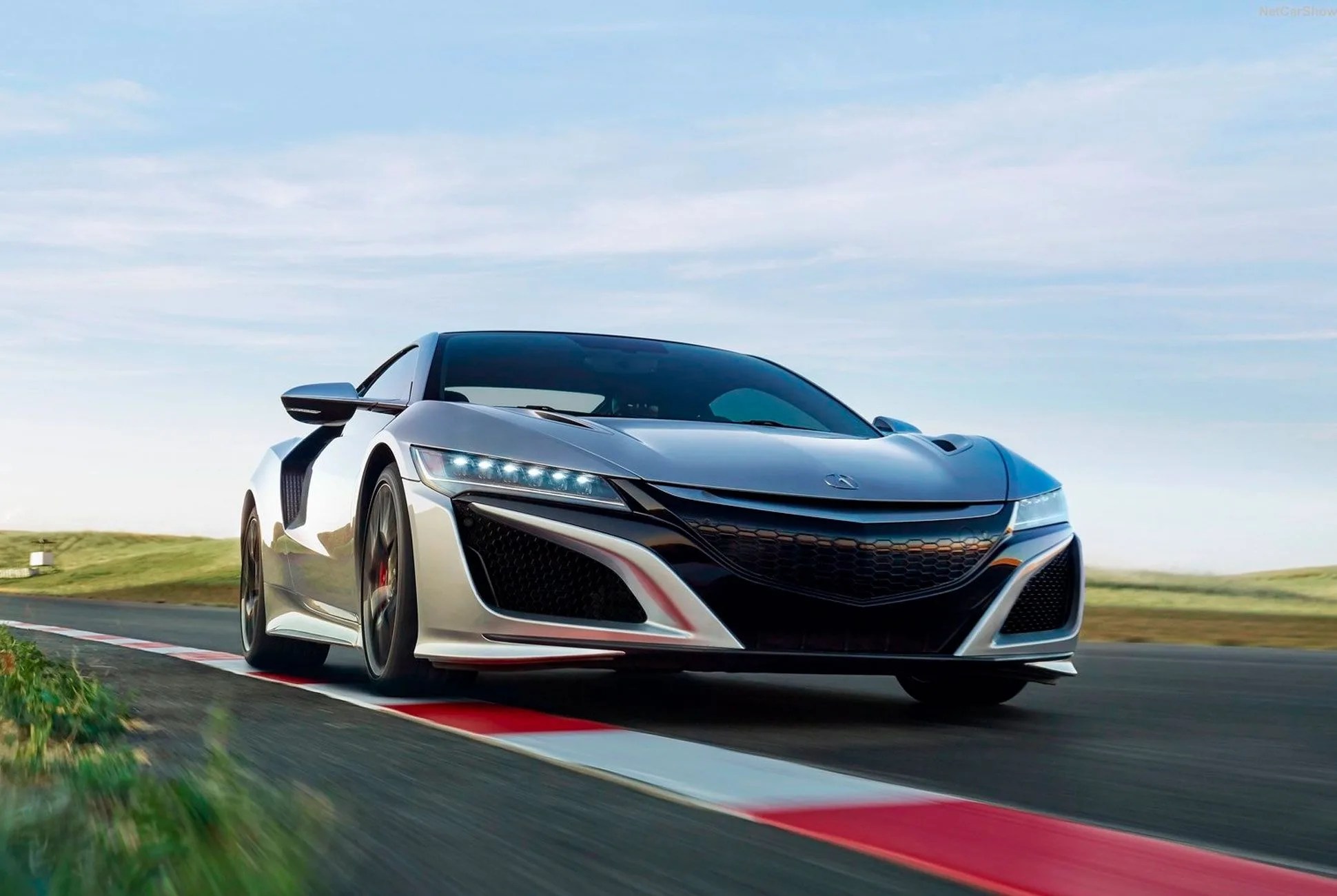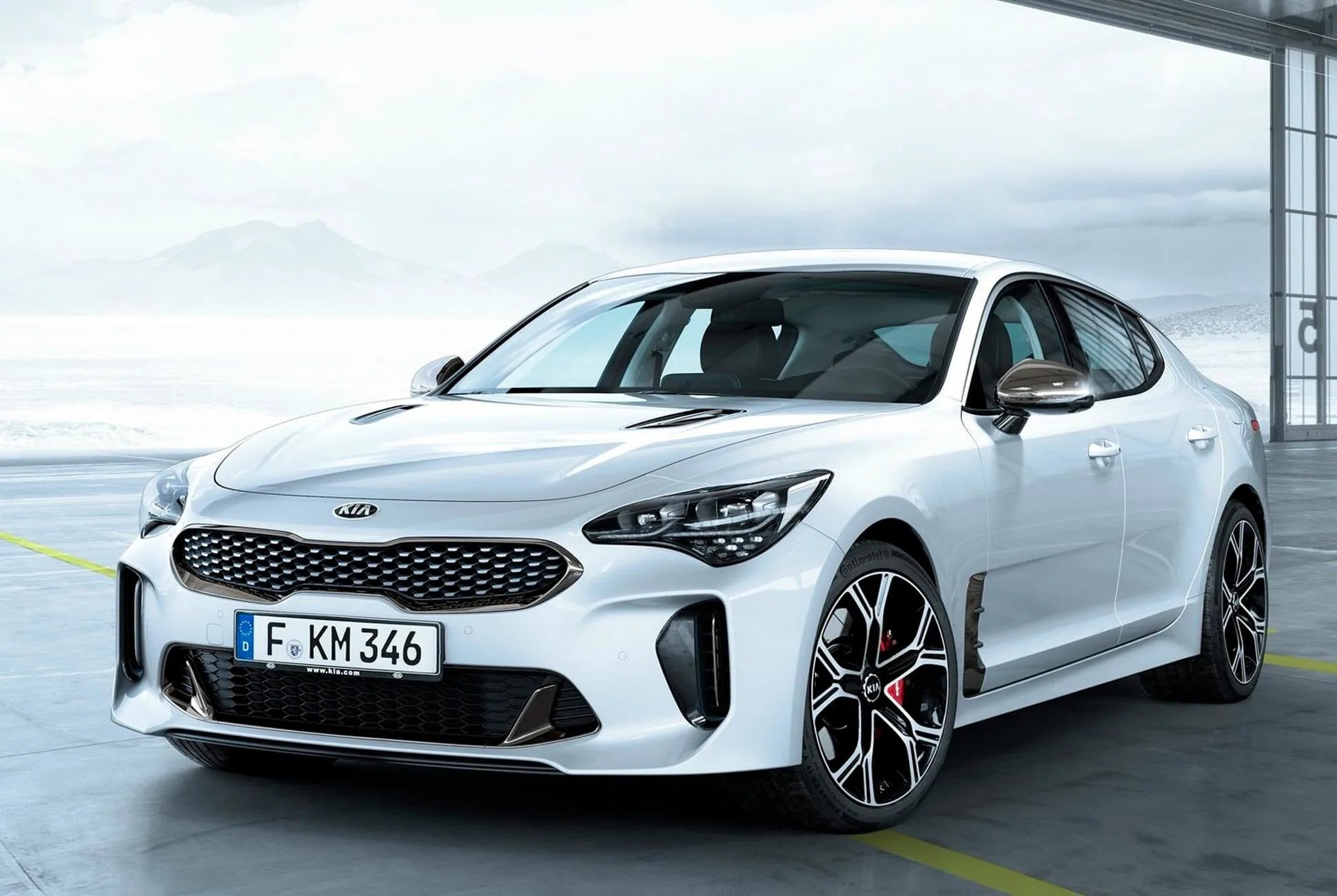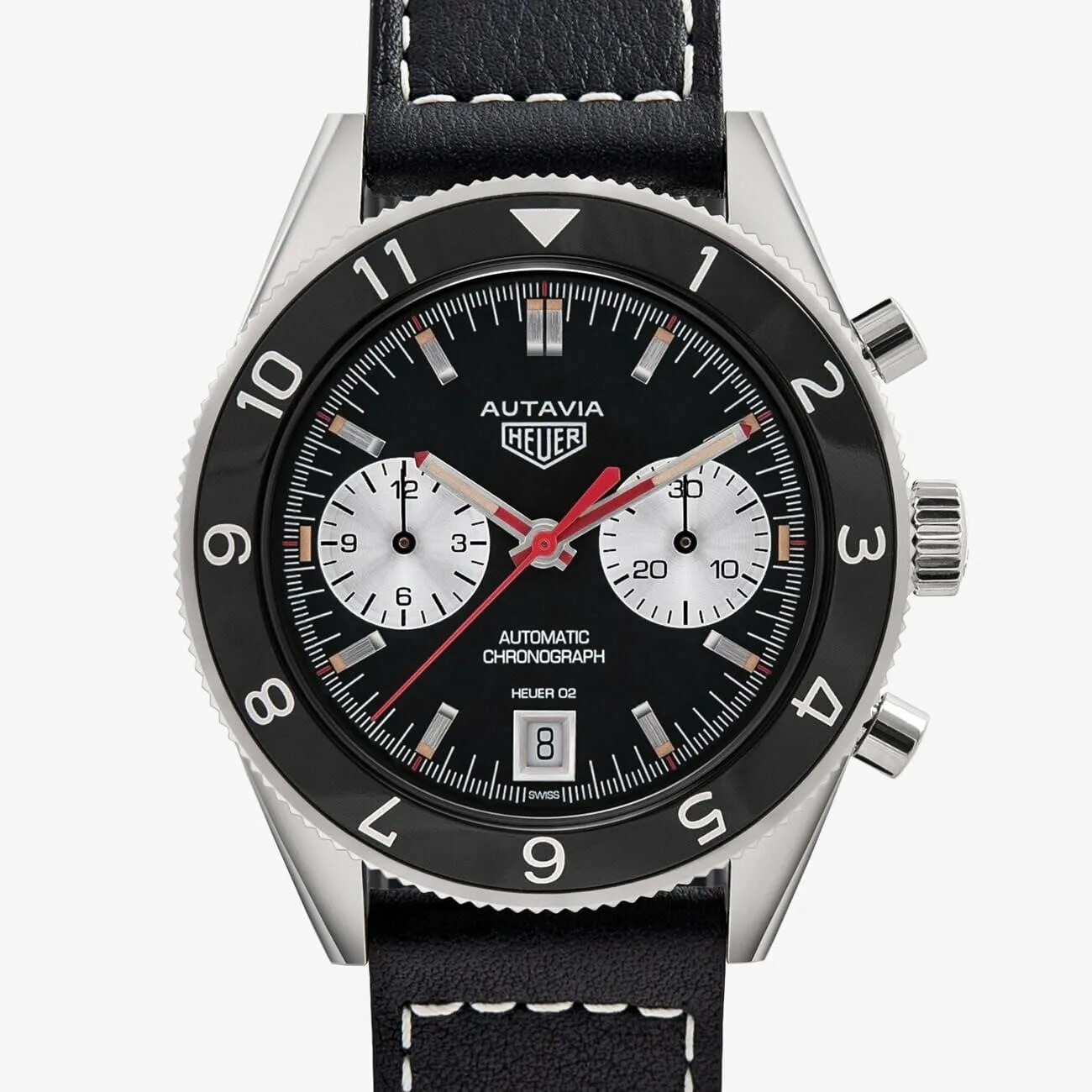3 photos

For better or worse, two related automotive truisms — “fashion is cyclical” and “history repeats itself” — are both showing their face in full force. Callbacks to the ’80s and ’90s are the rage these days: resurfaced nameplates like the Toyota Supra and Ford Bronco steal headlines with their style and substance, and turbocharged engines have returned to popularity again.
However, more so than any other style or technology trend, the most significant — and disappointing — callback is the resurgence of Malaise Era-like dullness from American cars in contrast to the exciting, lively cars from Asia.
From the early ’70s to the mid-’80s, American car manufacturers consistently produced some of the most unloved, undesirable cars in the world. We call it the Malaise Era. The oil and energy crises in 1973 and 1979 forced U.S. brands to adapt to sky-high oil prices, while new legislative regulations mandating safety and emission standards pushed them to make their cars safer.
Instead of spending money to innovate, U.S. manufacturers lazily complied and found the easiest workarounds. The resulting cars and trucks were mostly uninspired, underpowered mechanical messes with little attention paid to detail and every expense spared to cut costs. Meanwhile, European and Japanese manufacturers, well-versed in small cars and efficient engines, saw a boom in popularity in the states. By comparison, the imports were undeniably better, enabling them to gobble up market share once consumed by the Big Three.
Fast forward to 2020. We’re not in an energy crisis, but we’re witnessing the hybridization and electrification of almost every manufacturer’s lineup, due to increasingly strict emission standards and the growing threat of climate change. Yet when it comes to building more efficient models, the U.S. automakers are largely pinching pennies again. GM is the sole Detroit carmaker to make an electric car offering more than 200 miles of range — and that car, the Chevrolet Bolt, doesn’t sell, because it’s an odd-looking duck. The Chevy Volt that more carmakers should emulate? It’s being axed. Ford’s Mustang Mach-E will offer reasonable range, but it’s still a ways away — years behind Tesla, the Europeans and the Asian carmakers. And Fiat-Chrysler has just announced that it plans plug-in hybrid Jeeps. You know who’s sold a plug-in hybrid SUV here for years? Mitsubishi.




